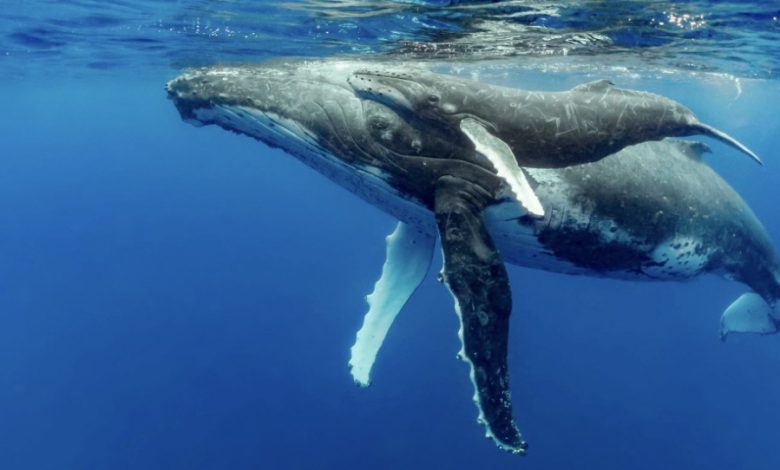Whales evolved

Whales evolved from land-living mammals. As such, whales must breathe air regularly, although they can remain submerged under water for long periods of time.
Some species such as the sperm whale are able to stay submerged for as much as 90 minutes.[1] They have blowholes (modified nostrils) located on top of their heads, through which air is taken in and expelled. They are warm-blooded, and have a layer of fat, or blubber, under the skin. With streamlined fusiform bodies and two limbs that are modified into flippers, whales can travel
at up to 20 knots, though they are not as flexible or agile as seals. Whales produce a great variety of vocalizations, notably the extended songs of the humpback whale. Although whales are widespread, most species prefer the colder waters of the Northern and Southern Hemispheres, and migrate to the equator to give birth. Species such as humpbacks and blue whales are capable of travel
ling thousands of miles without feeding. Males typically mate with multiple females every year, but females only mate every two to three years. Calves are typically born in the spring and summer months and females bear all the responsibility for raising them. Mothers of some species fast and nurse their young for one to two years.
